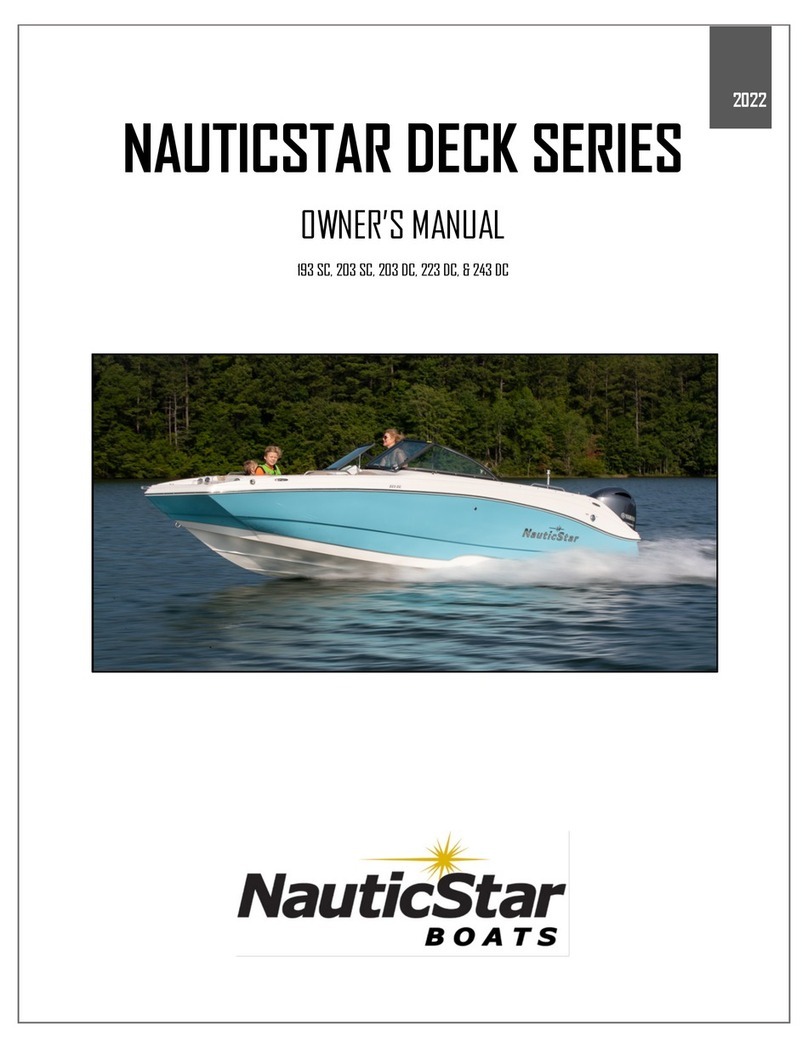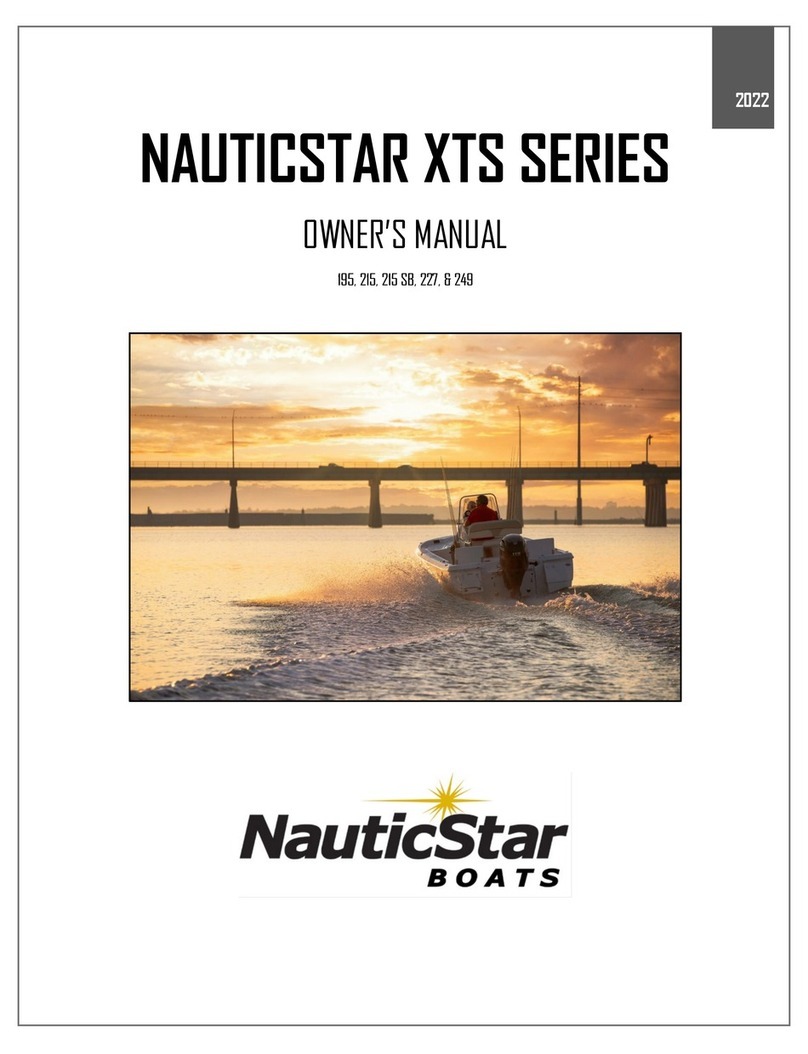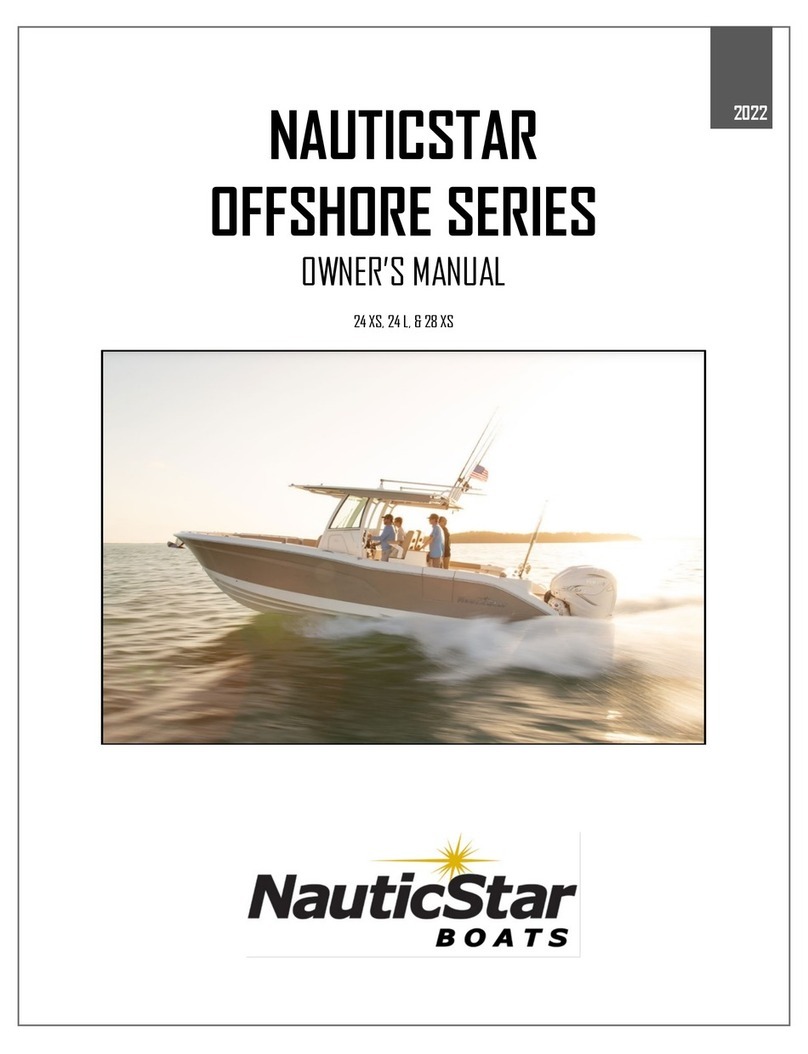
LEGACY SERIES OWNER’S MANUAL
3 | Page LEGACY SERIES
ALL SPANISH WARNING LABELS .................................................................................................................................................................................... 28
2102 LEGACY LABELS ....................................................................................................................................................................................................... 29
2102 LEGACY LABEL LOCATIONS ................................................................................................................................................................................... 30
2302 LEGACY LABELS ........................................................................................................................................................................................................ 31
2302 LEGACY LABEL LOCATIONS .................................................................................................................................................................................. 32
2602 LEGACY LABELS ...................................................................................................................................................................................................... 33
2602 LEGACY LABEL LOCATIONS ................................................................................................................................................................................... 34
SECTION 3: LEGAL REQUIREMENTS .................................................................................................................. 35
LAW ENFORCEMENT ................................................................................................................................................................................................................ 35
OPERATOR’S LICENSE ............................................................................................................................................................................................................ 35
BOATING UNDER THE INFLUENCE ........................................................................................................................................................................................ 35
REGISTRATION, NUMBERING, AND DOCUMENTATION ...................................................................................................................................................... 36
ACCIDENT REPORTING ........................................................................................................................................................................................................... 36
SPEEDING AND NOISE ............................................................................................................................................................................................................. 37
RADIOS—TELEPHONES ........................................................................................................................................................................................................... 37
REFUSE AND POLLUTION ........................................................................................................................................................................................................ 37
SECTION 4: OTHER IMPORTANT INFORMATION .............................................................................................. 38
COMMUNICATIONS .................................................................................................................................................................................................................. 38
INSURANCE .............................................................................................................................................................................................................................. 38
WEATHER .................................................................................................................................................................................................................................. 38
NAUTICAL CHARTS .................................................................................................................................................................................................................. 39
FLOAT PLAN .............................................................................................................................................................................................................................. 40
STAYING AFLOAT ..................................................................................................................................................................................................................... 40
COLD WATER SURVIVAL ......................................................................................................................................................................................................... 40
INFLATABLE LIFE RAFTS ........................................................................................................................................................................................................... 41
ANCHORING ................................................................................................................................................................................................................................ 41
SECTION 5: RULES OF THE OPEN WATER ........................................................................................................ 42
GENERAL PRUDENTIAL RULE .................................................................................................................................................................................................. 42
STEERING AND SAILING RULES/SOUND SIGNALS ............................................................................................................................................................ 42
RULES WHEN ENCOUNTERING VESSELS .............................................................................................................................................................................. 42
SAILING VESSEL RIGHT-OF-WAY ........................................................................................................................................................................................... 44
FISHING VESSEL RIGHT-OF-WAY .......................................................................................................................................................................................... 44































